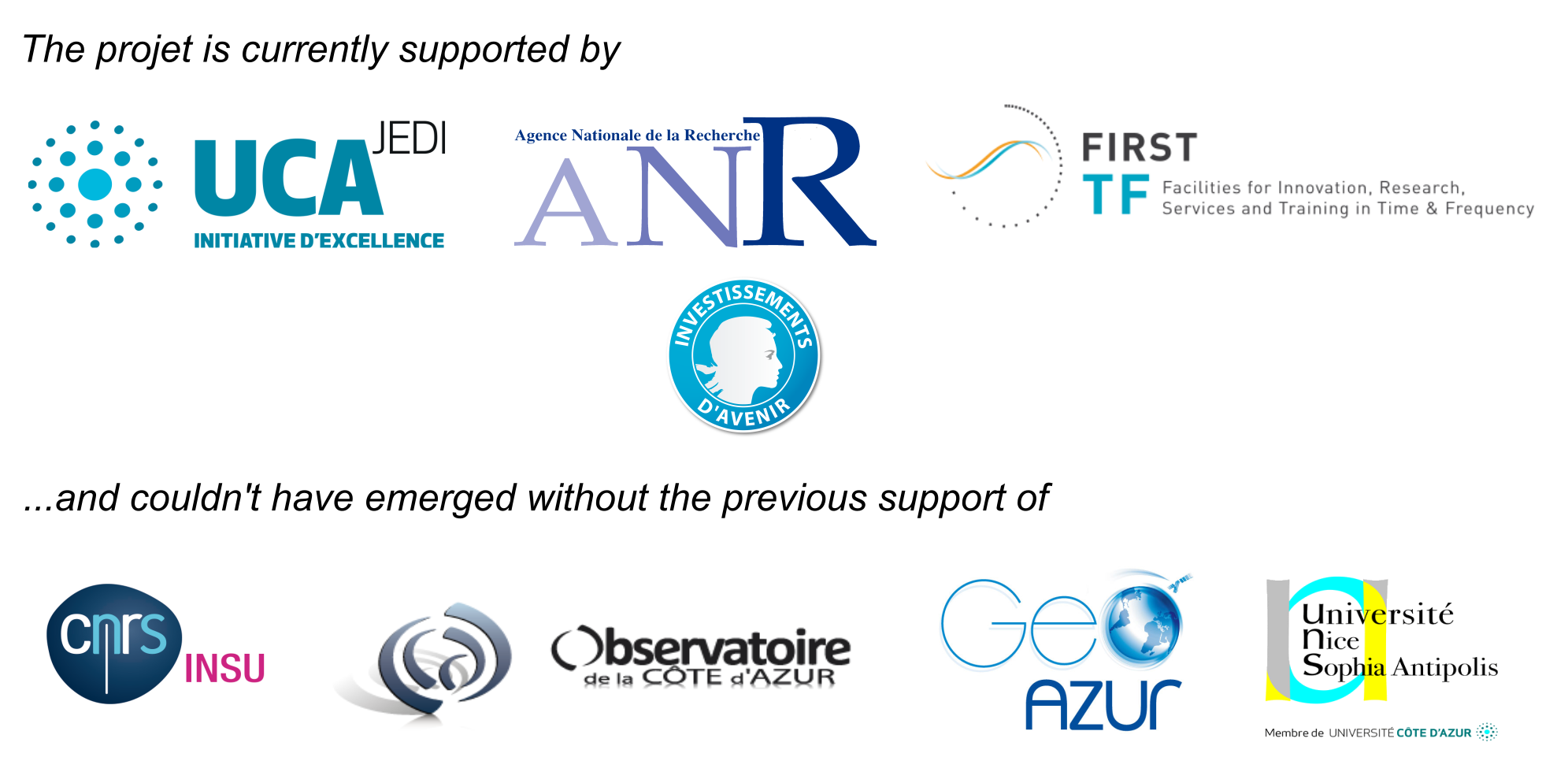
Contact R&D: A. Sladen
In order to address the critical lack of data on the dynamics and physical evolution of the seafloor (coastal erosion, tectonic or volcanic motions, gravitational instabilities, etc.), we are exploring the potential of Distributed Fiber-Optic Sensing (DFOS) technology to complement or improve existing seafloor monitoring techniques.
DFOS is a promising technique allowing to quantify deformation, temperature and/or acoustic signals from every meter of a standard optic fiber cable, over distances greater than 20 km. The physical principle is not new but decades of improvements in the components and price drops now make it a potential affordable alternative to standard seafloor instrumentation. Compared to traditional electro-mechanical sensors, optical fibers have many advantages: they are passive, lightweight, small, immune to electromagnetic interferences and tolerant to high temperatures (up to 700⁰C). Data acquisition and transfer is also fast and efficient because it relies on a large bandwidth and a great ability for multiplexing. DFOS is becoming a standard monitoring approach for civil engineering (e.g. SITES S.A.) or oil exploration (e.g. SILIXA LTD), but its potential for seafloor monitoring remains to be tested. The project relies on off-the-shelf acquisition systems for field testing but also aims at developing new distributed sensing methods. This latter part relies on the historical in-house expertise on optical laser links for Time and frequency metrology, geodesy and fundamental physics applications (ASTROGEO-GPM team).
To protect the cable and also optimize its coupling to the seafloor, we are developing a lightweight plow, easy to deploy and capable of operating over a wide range of depths. This plow will allow to test the potential of DFOS techniques but also aims at providing an affordable platform to connect offshore individual seafloor optical instruments to land.





